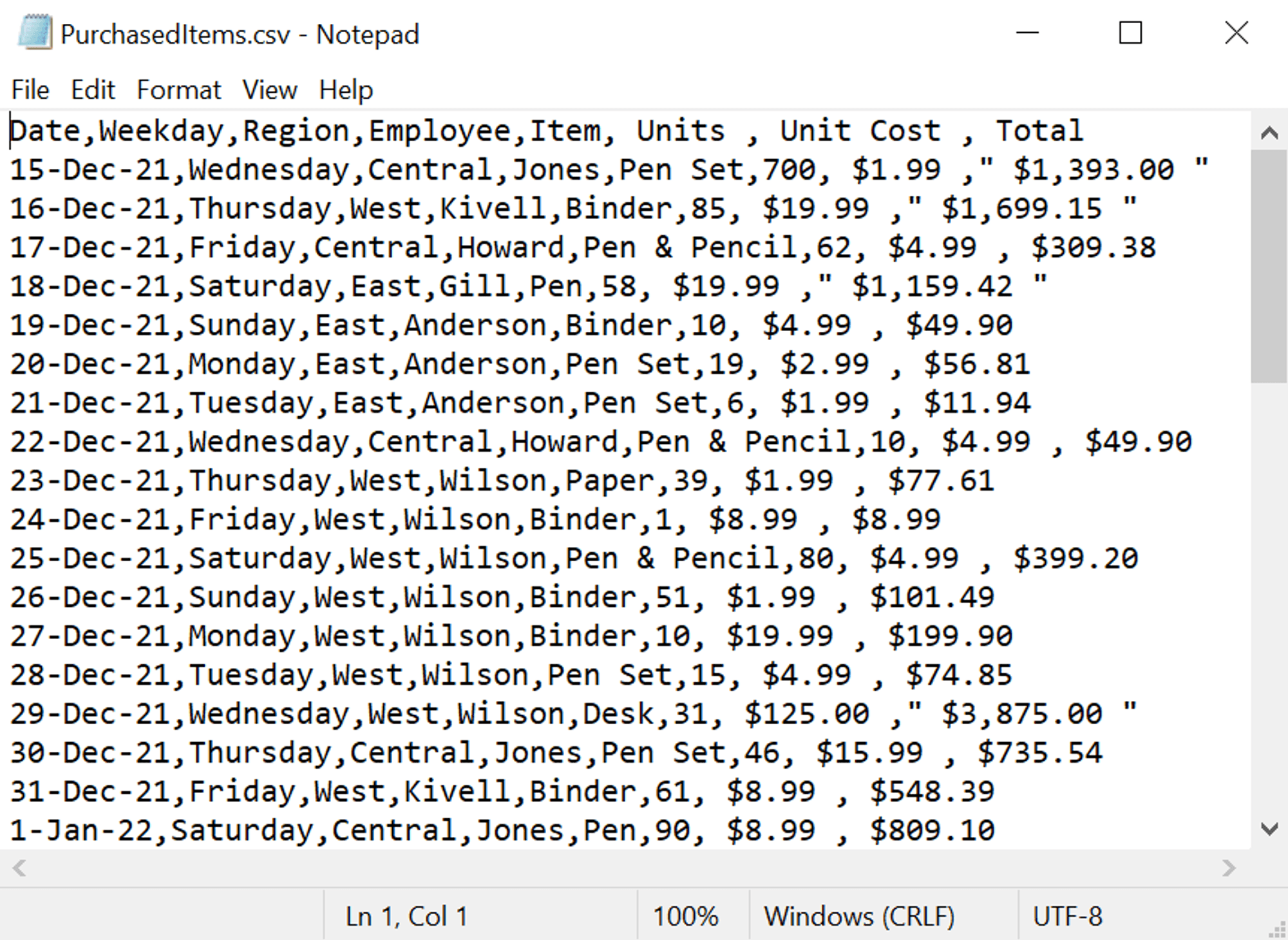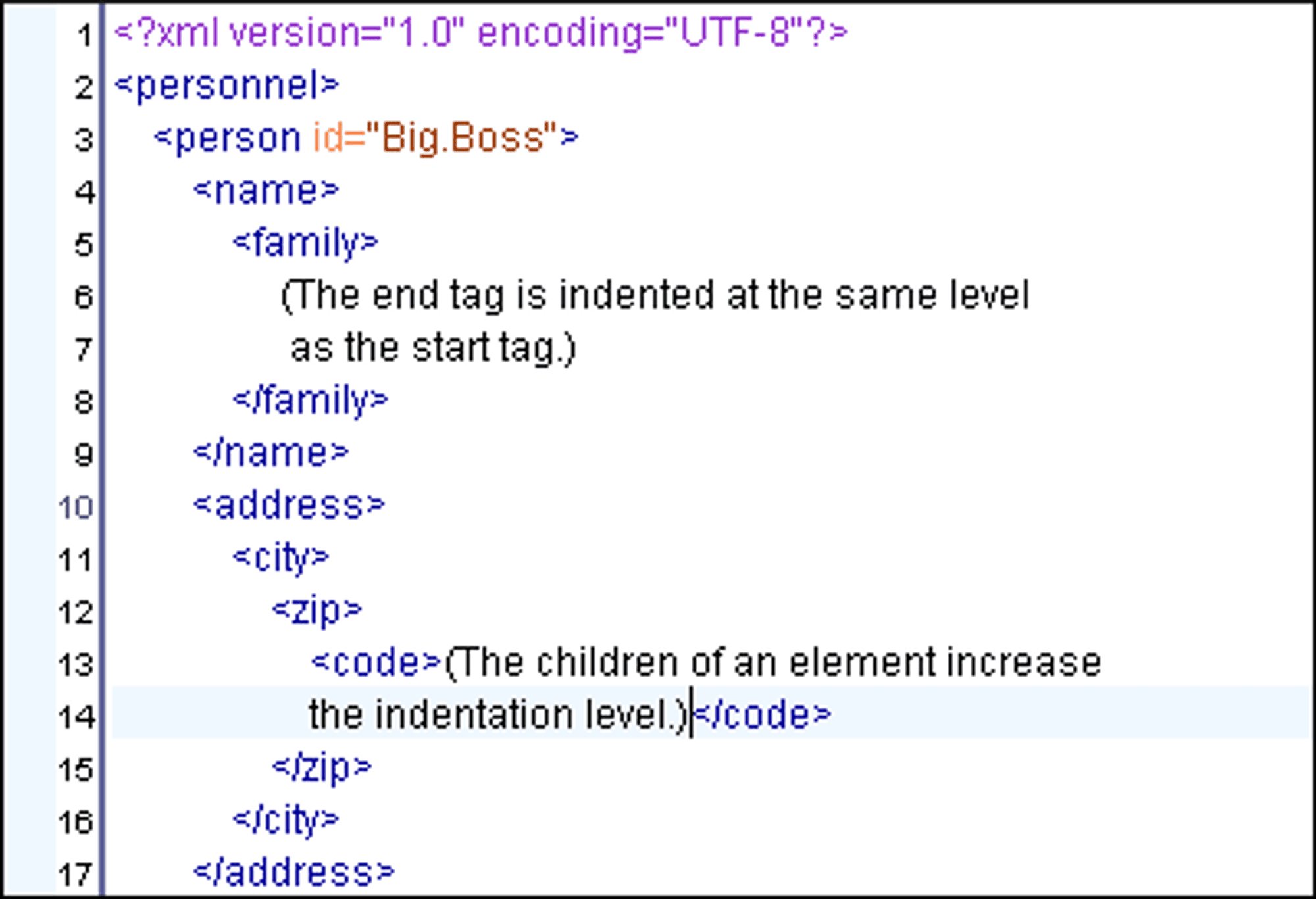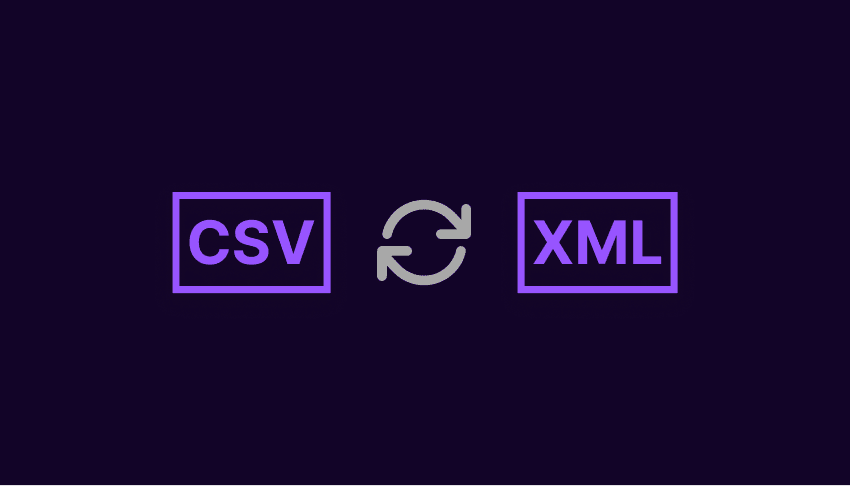CSV To XML
Convert

Show Your Support with a Star ⭐
It takes just a second, but it means the world to us.
Understanding CSV to XML Conversion
The process of converting CSV (Comma-Separated Values), a simple, tabular format often used for spreadsheets and databases, into XML (eXtensible Markup Language), a widely-used format for structured data interchange, is known as CSV to XML conversion.

XML is a hierarchical, tag-based format, perfect for complex data structures and specific software applications. This conversion is important when you need to transition from a flat, tabular structure (like CSV) to a nested, hierarchical structure (like XML), allowing for more advanced data exchange and manipulation in systems that support XML.

Key Use cases of CSV to XML
Data Interchange: Data analysts frequently convert CSV to XML to leverage the ability of XML to represent complex data structures, which is useful for data interchange between systems.
Database Data Import: Some databases prefer data in an XML format. Converting CSV to XML streamlines the data importing process into these databases.
Software Development: Developers creating data import features in their applications might need to offer data in both CSV (for spreadsheet users) and XML (for software systems) formats.
Web Services: XML is commonly used in web services. Converting CSV data to XML can be useful when interacting with these services.
How to Use the CSV to XML Convertor?
Upload CSV: Simply drag and drop your CSV file into the converter.
Convert & Download: Click "Convert" and download your XML file within moments.
Utilize Your Data: Open your XML in any software tool or data application to start working with your data.
A Quick CSV to XML Conversion Example
CSV input:
XML output:

